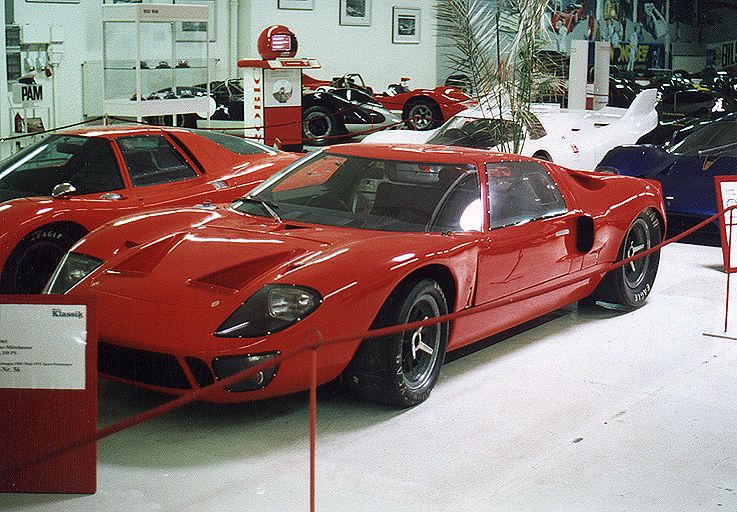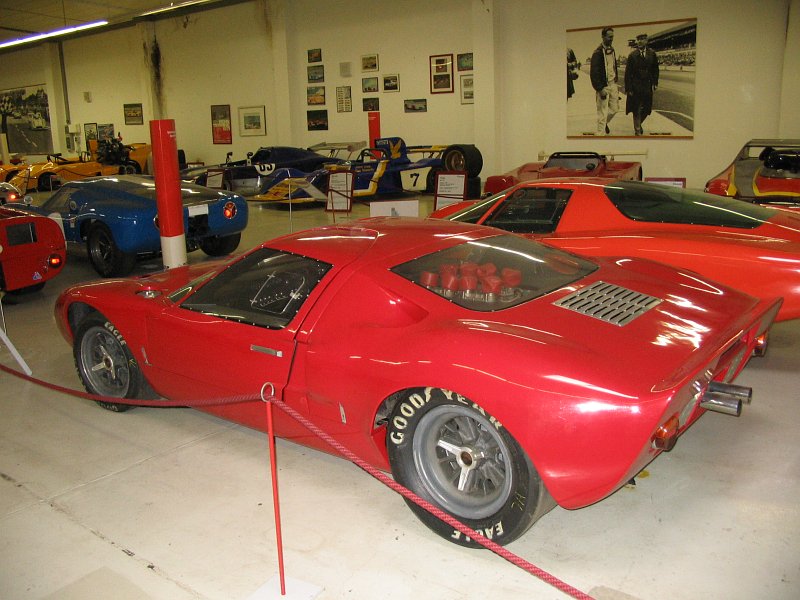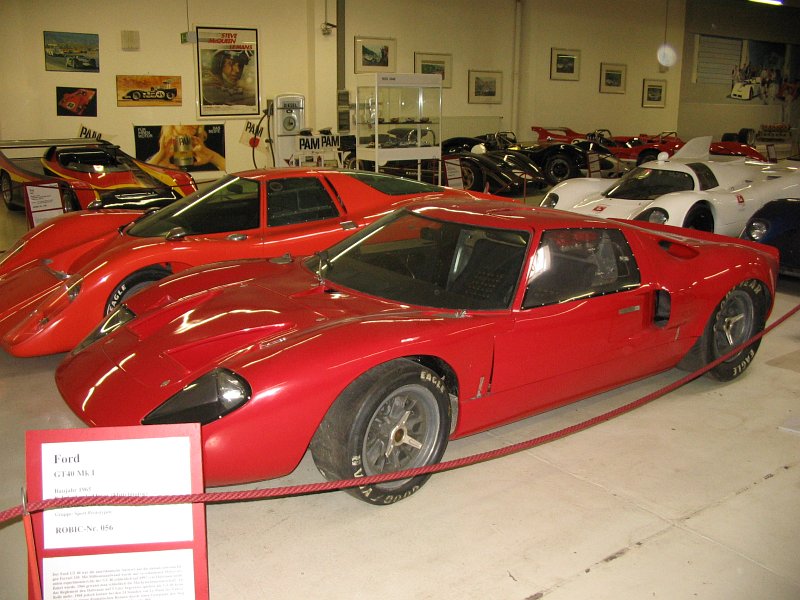Description
The Ford GT40 Mk I was the foundation of Ford’s legendary GT40 program, created in the early 1960s as part of Henry Ford II’s mission to defeat Ferrari at Le Mans. Developed in partnership with Lola Cars and later refined at Ford Advanced Vehicles in England, the Mk I combined advanced aerodynamics, lightweight construction, and powerful Ford V8 engines to form one of the most iconic endurance racers of all time.
From the outside, the GT40 Mk I was instantly recognizable for its low, wide stance and sleek, purposeful bodywork. At just 40 inches tall, it earned the “GT40” name, its roofline barely reaching the waist height of an average man. The car featured smooth fiberglass panels, a long tail, and wide wheel arches that gave it both aerodynamic efficiency and an aggressive presence. Large front air intakes, side scoops, and a vented rear deck ensured proper cooling for its mid-mounted engine, while its compact proportions and flowing lines made it one of the most visually striking race cars of its generation.
Inside, the Mk I was designed primarily as a competition machine, though it included more refinement than many pure racing cars of the time. The cockpit was narrow, with deep bucket seats separated by a wide central tunnel that housed the gear linkage. Ford incorporated practical details such as adjustable pedals, a full gauge cluster, and padded trim for driver comfort during long-distance races. The distinctive “Gurney bubble” appeared on some cars, allowing taller drivers like Dan Gurney extra headroom beneath the roof.
Power came from Ford’s small-block V8 engines. Early cars used the 4.2-liter unit, but it was quickly replaced by the 4.7-liter (289 cubic inch) V8, producing between 350 and 380 horsepower depending on setup. This engine was paired with a ZF five-speed transaxle, giving the car excellent balance and strong acceleration. Lightweight construction and mid-engine placement meant that handling was sharp and responsive, while top speeds reached around 170 to 180 mph—competitive figures for endurance racing in the mid-1960s.
On the track, the GT40 Mk I proved fast but initially fragile. The early years of racing in 1964 and 1965 saw the cars plagued by mechanical issues, particularly with reliability in long-distance events. However, with continued development and testing, the Mk I matured into a formidable contender. In 1965, privateer teams began achieving stronger results, and by 1966, the GT40 program had evolved into a dominant force, setting the stage for Ford’s famous victories at Le Mans.
Although the Mk I was eventually overshadowed by the larger-engined Mk II and Mk IV, it played a critical role in establishing the GT40’s reputation. Privateer teams continued to run Mk Is well into the late 1960s, often achieving success in shorter races where durability was less of an issue. Some Mk Is were also converted into road-going versions, offering wealthy buyers the chance to own a near-race car for the street.
Today, the Ford GT40 Mk I is one of the most celebrated and collectible sports cars in history. Its combination of rarity, beauty, and historical importance ensures its status as a crown jewel in the world of motorsport. As the starting point of Ford’s Le Mans conquest, the Mk I represents both the ambition and engineering brilliance that allowed Ford to challenge—and ultimately defeat—Ferrari on the world stage.



